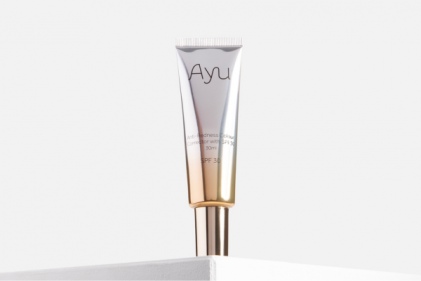 Once you are ready physically and mentally, sexual activity can begin again after delivery. The physical healing can take two to three weeks or more, dependent on the type of delivery and complications you may have had during pregnancy and delivery. The birth canal has to heal and lochia reduce; it can take up to six weeks or more for the lochia to stop. It is important the lochia is reducing over this time. After breastfeeding, lochia can increase slightly, and should decrease again. This is due to the release of the hormone oxytocin, which contracts the uterus; during or following these contractions, there can be a slight increase in the lochia.
Once you are ready physically and mentally, sexual activity can begin again after delivery. The physical healing can take two to three weeks or more, dependent on the type of delivery and complications you may have had during pregnancy and delivery. The birth canal has to heal and lochia reduce; it can take up to six weeks or more for the lochia to stop. It is important the lochia is reducing over this time. After breastfeeding, lochia can increase slightly, and should decrease again. This is due to the release of the hormone oxytocin, which contracts the uterus; during or following these contractions, there can be a slight increase in the lochia.
Mentally, the process of pregnancy and delivery can be can be difficult for some women. If your body is physically healed and, mentally, you don’t feel ready for sexual activity, please talk to your partner and express how you are feeling. Changes in sexual activity and libido are common to most women after delivery, if you are breastfeeding or not. If you feel this is related to depression or other mental illness, please contact your General Practitioner.
During breastfeeding, and particularly in the first six weeks, hormonal changes result in lower levels of androgen and oestrogen (estrogen). These low levels of androgen and oestrogen are associated with reduced libido and vaginal dryness.
Contraception
Lactational Amenorrhea Method (LAM)
The lactational amenorrhea method was developed from observations of women post-delivery. It was found that women who breastfed did not regain fertility as quickly as women who did not breastfeed. Gonadotropin-releasing hormone plays a key role in regulating the reproductive system. This occurs through the effect this hormone has on luteinizing hormone and follicle-stimulating hormone. Fertility is suppressed by the suppressing of Gonadotropin-releasing hormone, when prolactin levels are high during breastfeeding. As the prolactin levels start to fall, when breastfeeding is well established, suppression of ovulation continues. When complementary foods are introduced in the baby’s diet at six months, breast stimulation may decrease. This, in turn, can cause the normal menstrual cycles and fertility to resume.
You can help to maximize your natural contraception by exclusively breastfeeding your baby, keeping them close to you and allowing your baby to breastfeed on demand. Refraining from using bottles and soothers can also help, as baby will suck at the breast for both nutritional intake and comfort, thereby increasing the effectiveness of the lactational amenorrhea method.

Questions you need to ask yourself when considering LAM as a contraception method:
-
Has my menstrual cycle returned? YES/NO
-
Am I supplementing regularly? YES/NO
-
Am I allowing long periods between breastfeeding? YES/NO
-
Is baby sleeping for long periods during day or night? YES/NO
-
Is baby over six months old? YES/NO
If the answer is ‘YES’ to any of the above questions, then you have a higher chance of getting pregnant, and may need to use complementary family planning methods.
If the answer is ‘NO’ to all of these questions, then you have a 2% to 3% change of getting pregnant.
Combined oral contraceptive medication is a birth control method that includes a combination of an estrogen and a progestogen. They can have a negative impact on breastfeeding and mother’s milk supply, therefore should not be used when breastfeeding. Please discuss complementary family planning with your General Practitioner, and make sure to inform him/her that you are breastfeeding.
If you need additional breastfeeding support, you can contact a Lactation Consultant (IBCLC) or your health care professional, or attend a breastfeeding support group in your area.













